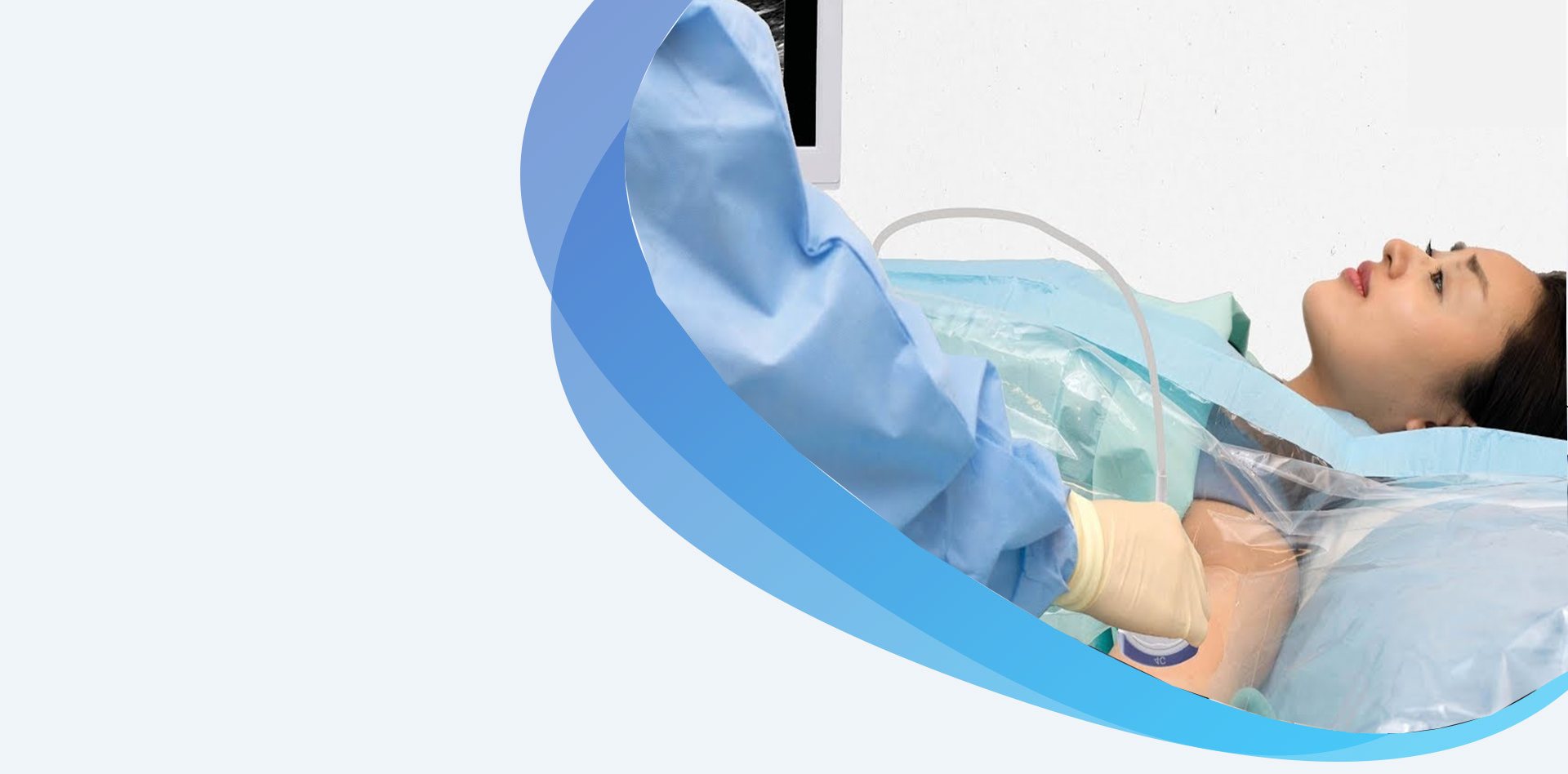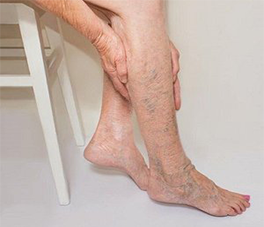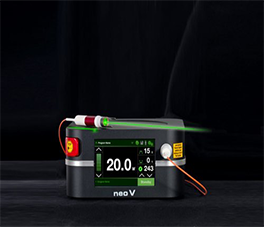PICC Line


PICC lines and central lines allow patients to receive medication or nutrition without staying in a hospital. Some of these lines can be left in place for several months.
A tunneled dialysis catheter (TDC) is a dialysis access option for people who need dialysis therapy and may not be able to have a fistula or graft placed. The TDC can be used as soon as correct placement is confirmed. Sometimes people use a TDC temporarily while they wait for a fistula or graft to mature.
Although each of these catheters has different characteristics, they all require a sterile environment for placement.
The procedure takes about 1–1-½ hours.

Possible complications from a PICC line include:
Possible complications from a central line include:
Possible complications from a tunneled dialysis catheter (TDC) include:

You may be asked to discontinue certain blood-thinning medications before the procedure.
